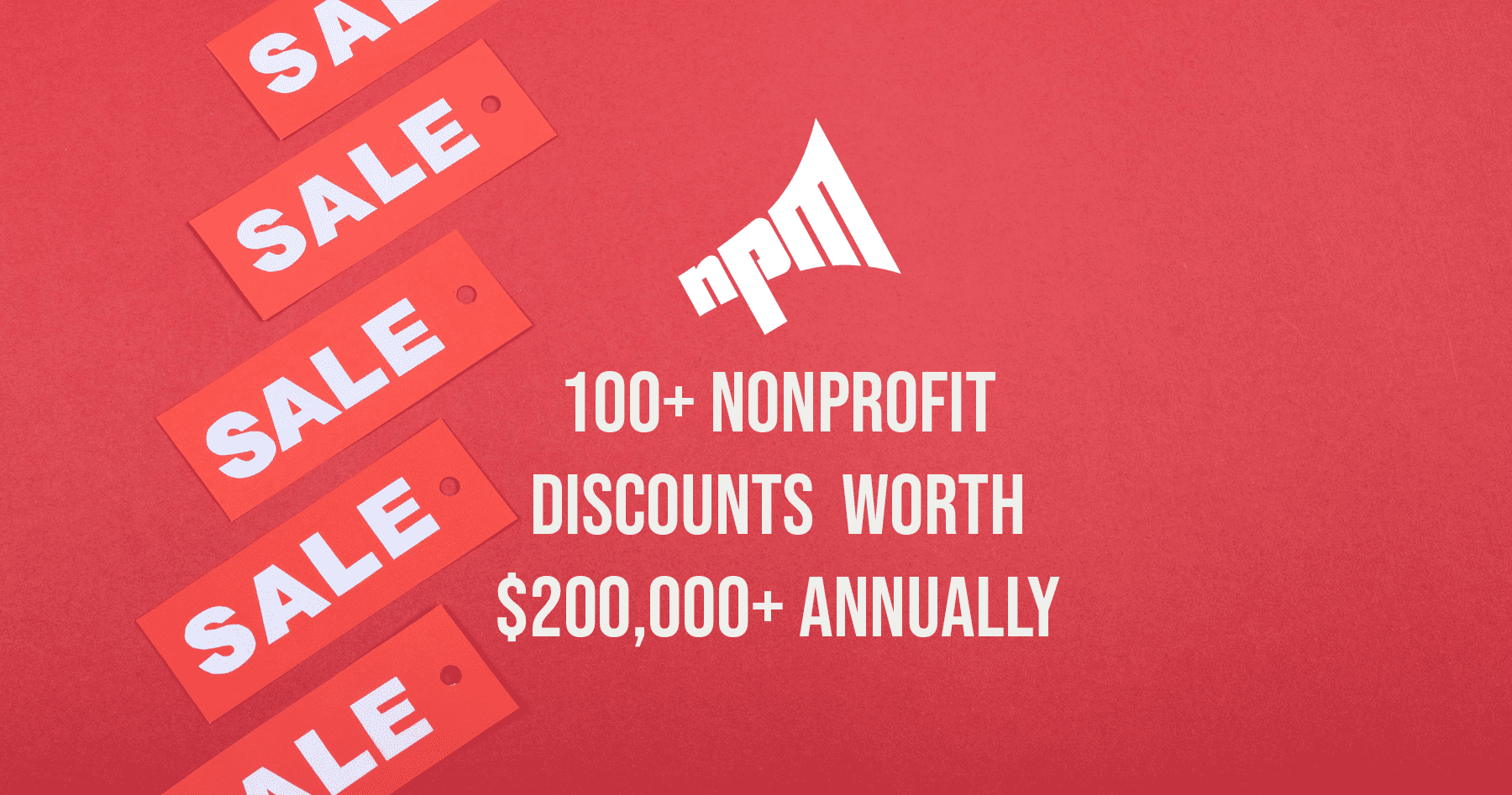The Importance of Cooperation and Partnership for a Nonprofit Company in Maximizing Resources and Enhancing Neighborhood Interaction
In the realm of not-for-profit companies, cooperation and collaboration emerge as essential systems for enhancing resources and promoting community interaction. These alliances not only boost program efficacy yet likewise grow a deeper sense of neighborhood involvement and possession.
Benefits of Collaboration
/cloudfront-us-east-1.images.arcpublishing.com/pmn/6GXUXHF3ZNC3NEJIVB7WWUIHFM.jpg)
Additionally, partnership promotes technology by motivating the exchange of ideas and ideal techniques. When companies interact, they can discover varied perspectives, leading to creative services that might not arise in seclusion. This shared analytic strategy can inevitably improve service distribution and program outcomes.
Additionally, joint efforts can boost community engagement. When nonprofits partner with each other, they can set in motion more comprehensive assistance from stakeholders, consisting of volunteers, benefactors, and neighborhood participants. This collective engagement not only boosts exposure but likewise reinforces the credibility of the participating companies.
Structure Strategic Partnerships
Collaboration amongst nonprofit companies often results in the development of tactical partnerships, which are essential for maximizing effect and accomplishing shared objectives. These partnerships allow companies to take advantage of each various other's staminas, boosting service shipment and broadening outreach. By lining up missions and purposes, nonprofits can develop a collaborating impact that magnifies their reach and effectiveness within the neighborhood.
Building strategic partnerships calls for cautious planning and mutual understanding. Establishing open lines of interaction promotes depend on, permitting partners to discuss sources, duties, and expectations transparently.
Additionally, clearly defined responsibilities and functions are important for liability and success. Formalizing the collaboration through composed contracts can supply a structure for partnership, laying out the range of work, efficiency metrics, and evaluation methods. By cultivating these critical partnerships, not-for-profit companies can enhance their capability to resolve area demands, introduce solutions, and activate resources efficiently, inevitably causing a much more considerable and lasting effect in the neighborhoods they offer.
Sharing Resources Efficiently
Exactly how can not-for-profit agencies optimize their influence via effective resource sharing? By tactically working together with other organizations, nonprofits can boost their functional effectiveness and expand their reach within the community. Resource sharing entails merging various assets, consisting of economic sources, workers, competence, and facilities, to deal with common objectives better.

In addition, leveraging each other's staminas can foster development. By trading expertise and ideal methods, firms can boost solution delivery and create brand-new solutions to community challenges. Effective source sharing additionally grows a feeling of unity, strengthening the concept that partnership is crucial for attaining considerable social effect.
Involving the Area
What approaches can nonprofit agencies utilize to successfully engage their areas? Using see this page various systems, such as social media, e-newsletters, and neighborhood online forums, permits companies to share info, solicit responses, and foster dialogue.
In addition, forming collaborations with neighborhood organizations can improve outreach efforts. nonprofit agency. Collaborating with institutions, businesses, and other nonprofits can intensify resources and produce a more considerable assistance network, enabling for joint efforts that resonate with neighborhood requirements
Moreover, hosting area occasions, workshops, and volunteer possibilities can promote much deeper engagement. These tasks develop a feeling of belonging and motivate active involvement, allowing people to add to the company's goals while building relationships with fellow area members.
Determining Collective Success
Assessing the efficiency of collective efforts is important for nonprofit firms seeking to maximize their influence. Gauging joint success includes establishing clear, measurable goals and utilizing a selection of metrics to examine efficiency. Key indications might include the variety of partnerships formed, sources shared, and the substantial results achieved with collaboration.
To properly gauge success, nonprofits ought to apply a structure that includes both qualitative and measurable information. Interviews and studies can provide understandings into stakeholder fulfillment and the perceived worth of partnerships. Additionally, tracking metrics such as solution reach, area involvement levels, and monetary effectiveness can offer a thorough view of joint efficiency.
Routine evaluations need to be carried out to recognize areas of enhancement and ideal methods. This repetitive process not only improves liability but likewise cultivates a culture of continuous discovering within the company - nonprofit agency. By transparently sharing assessment results with companions and stakeholders, nonprofits can build and strengthen connections trust
Eventually, gauging collective success makes it possible for not-for-profit firms to refine their methods, allot sources extra effectively, and bolster their mission-driven initiatives, causing a better cumulative effect on the areas they offer.
Conclusion

In the realm of nonprofit firms, cooperation and collaboration emerge as important mechanisms for cultivating and enhancing have a peek at these guys sources community involvement - nonprofit agency. By cultivating these strategic alliances, nonprofit agencies can improve their capability to attend to area requirements, innovate services, and mobilize resources effectively, inevitably leading to a much more significant and lasting influence in the look at these guys areas they serve
By purposefully collaborating with various other organizations, nonprofits can improve their operational effectiveness and extend their reach within the area.What techniques can not-for-profit agencies utilize to properly engage their areas?Partnership and collaboration stand as essential columns for nonprofit companies intending to take full advantage of sources and enhance neighborhood engagement.